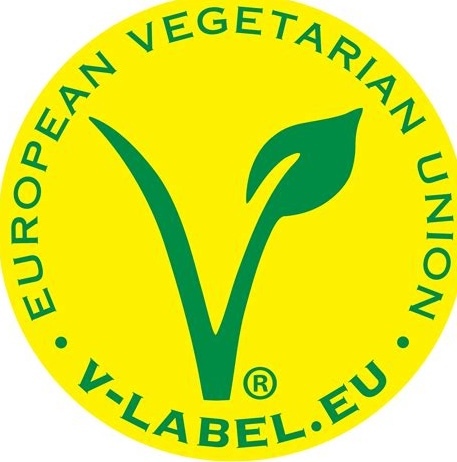

Maybe I’m misunderstanding something but when I go to the instance list on lemmy.world it lists vegantheoryclub.org as being a linked instance. For good measure I also made sure that it wasn’t on the blocked instances list. But when I try to view any community that exists on vegantheoryclub.org from lemmy.world it gives an error as if the entire instance is blocked.
If an instance is defederated it would show up on the blocked instance list right? That’s literally what that is a lost of is it not? And if so was vegantheoryclub very recently defederated and the list just hasn’t been updated or something?



Ah, that makes sense. I hadn’t considered that they might be blocking it the other way around. Thank you.